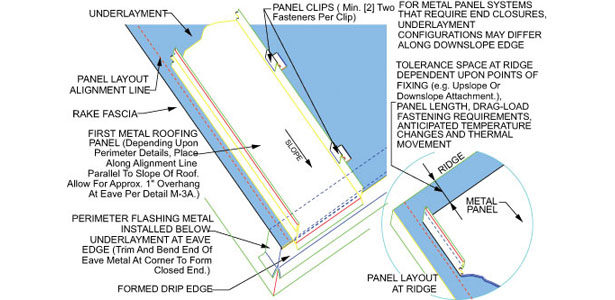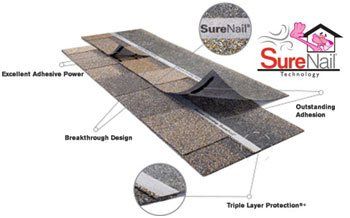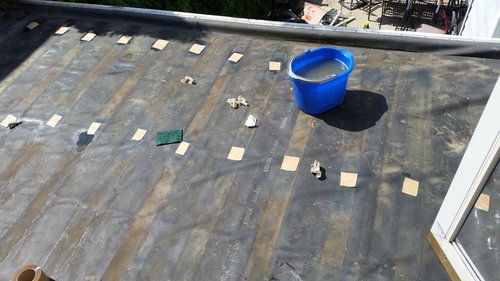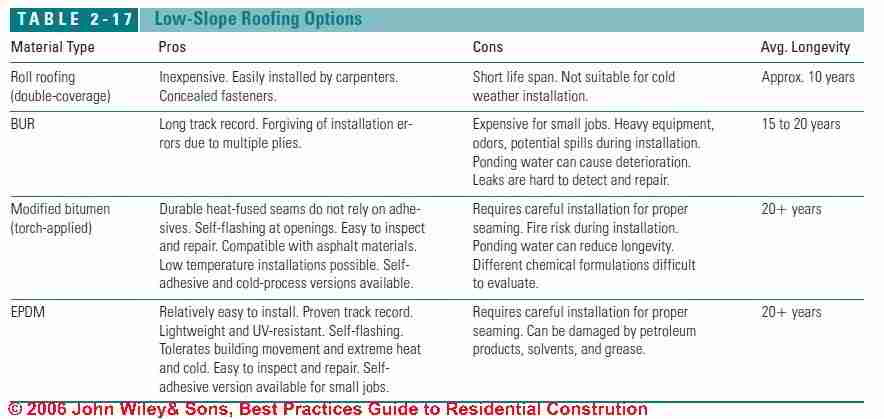Mechanically attach underlying sheet at the lap to the structural deck with fasteners and 2 3 8 60 mm diameter barbed membrane plates spaced at 6 153 mm on center or as specified down the entire lap with the disc centered 1 1 8 29 mm from the sheet edge.
Roof membrane button fastener spacing.
Overlay a second layer of felt 2 to 3 inches and fasten it.
Stress plates a variety of 2 and 3 inch round plates for securing insulation and for lap seam fastening in single ply applications.
Applying a secondary water barrier similar to the sealed roof deck that will now be required outside the hvhz.
Recommend 15 felt as bond break between.
1 4 seal the roof deck choose one of the following three options.
Photograph the fastener package and the spacing of the installed new fasteners in four locations including at least one gable.
Leave the top portion of the paper loose.
1 4 1 option 1 install a self adhered peel and stick membrane 3 3 over the entire roof deck.
The information listed in the chart below is for use with the referenced roof deck fastener type minimum pullout values and required penetration depths based on fasteners type.
Fasteners for the metal roofing industry evolved as well.
Put fasteners at least every 8 inches.
These values are in reference to mechanically attached insulation cover boards under adhered membranes or mechanically attached membrane assemblies.
The all purpose fasteners heavy duty fasteners are specifically designed screws for mechanical attachment of the ultraply tpo membrane and roofing insulation to steel wood and concrete decks.
You will want to note your metal roof screw pattern so you know where to look for potential problems.
Some suppliers recommend staples about every 4 inches.
Adding supplement ring shank fasteners to attach the roof decking where the existing deck has insufficient fasteners such as staples or 6d nails or where the spacing of fasteners is lacking see table 706 7 1.
This article describes the fastener screw or nail schedule for several types of exposed fastener metal roof systems citing manufacturers installation manuals and guidelines.
We include a discussion of the requirement for use of a greater number of metal roof fasteners in high wind zones and we give an example schedule of the.
An excellent overview of metal roof fastener technology by bob fittro editor in chief of metal architecture magazine was published in the december 2006 issue.
Virtually all fasteners now meet fm corrosion resistance requirements by using polymeric or metallic coatings.


























